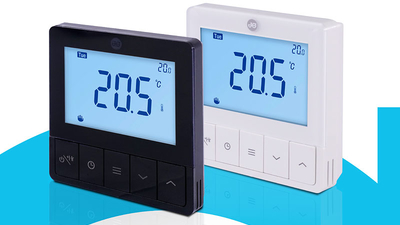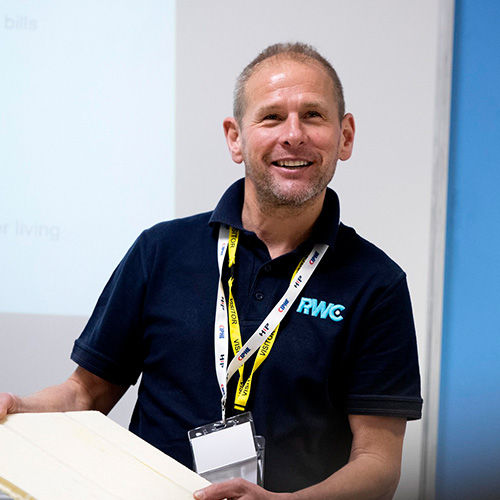How to increase energy savings with UFH

Due to regulations ruling traditional gas boilers not suitable for new build homes as soon as 2025, ground and air source heat pumps are looking likely to take over. However, this means that we must also find a replacement to traditional radiators, due to the high temperatures they require to effectively heat a home - temperatures that heat pumps currently simply cannot provide. This is why alternative solutions must take precedence, such as underfloor heating (UFH), which is emerging as one of the most viable solutions.
UFH systems can sufficiently heat a home whilst running on the lower temperatures provided by ground and air source heat pumps. However, this is not the only reason that installing a UFH system is an all-around good idea. Indeed, except for a slightly lengthier installation process, UFH can join forces with smart technology to present an ever more bespoke and cost and energy saving heating solution than traditional radiators.
In fact, as energy prices skyrocket, more and more people are exploring the option of having a UFH system installed in their home in their bid to become more stringent with their energy output. This growing interest has resulted in UFH steadily gaining popularity, with various reports highlighting year on year growth. The Underfloor Heating Market by Component – Global Forecast 2023 report goes as far as to believe that sales will have grown 67% between 2016 and 2023.
How installing underfloor heating can save energy
And it is clear to see why, for the consumer, UFH offers clear energy saving benefits. For example, UFH has the ability to heat larger areas at lower temperatures than traditional radiators. This is the main reason that UFH is becoming so popular.
Conventional radiators require a temperature of 75°C and work by means of convection, meaning the produced hot air rises to the top of the room. UFH systems, such as JG Underfloor, however, carry water at a much lower temperature between 35 and 45°C. This water is then transferred through the floor covering, to heat the floor to between 25 and 27°C, which radiates upwards and effectively heats up through the floor and into the room. As UFH heats larger areas at lower temperatures, it’s clear which of the two systems is the more energy efficient. Additionally, the systems can be isolated too, which means that UFH systems can be used to heat individual zones only for the spaces that are occupied, which offers even more energy efficiency and reduces energy bills.
If energy efficiency isn’t enough of a benefit, UFH also offers more flexibility when it comes to interior design and room layout. Without the need for traditional on-the-wall radiators, valuable floor space is cleared to allow homeowners more flexibility and space to design their interior as they see fit. This makes it ideal for both open-plan areas as well as compact living, where space is at a premium.

Complete control the smart way
To further improve energy efficiency, most UFH solutions can be paired with smart thermostats, which gives end users more control over their heating, and tailors it to their needs. Smart control technologies such as smart thermostats, are becoming one of the most common and more enticing domestic heating features. Understandably, it’s the additional energy savings that these smart controls provide that most attracts homeowners.
These smart control solutions are a major contributor in how UFH can combat fuel poverty. This is because smart heating controls enable homeowners to heat up specific rooms rather than the whole house. Traditionally, most UK homes would have one thermostat to control the heating of the entire house and every radiator. This results in energy wastage and increased heating bills as not all rooms are used at the same time.
Some smart heating controls can control both UFH and radiators through a single controlling system via wireless thermostats and thermostatic radiator valves. Smart controls like these can often be programmed to deliver desired temperatures in certain rooms, at specific times throughout the day. Additionally, the heating can be controlled either from a smartphone app or directly through the thermostats, which can help cut fuel bills by up to 20%.
While there is often an initial up-front cost for installing these smart controls, the savings will easily outweigh this first cost soon enough. And, when it comes to infrastructure disruption for carrying out the installation, these systems can be fitted wirelessly, limiting the hassle of carrying out any re-wiring work.
As energy prices become even more of a hot button issue, new technologies look to pick up the slack, with underfloor heating being one viable solution to save homeowners money on their energy bills. As a much more sustainable system than conventional radiators, UFH on its own and when paired with smart control thermostats can provide a much more energy conscious system fit for the future.
